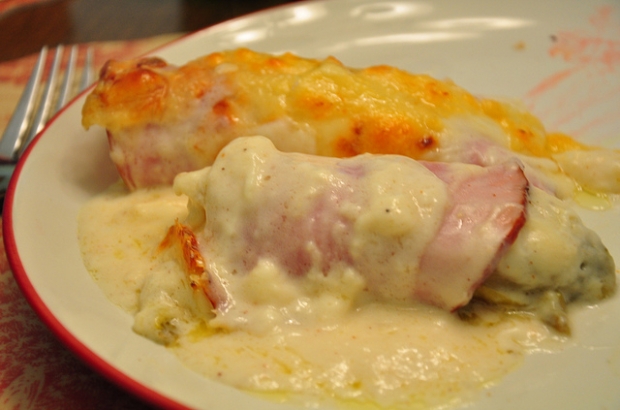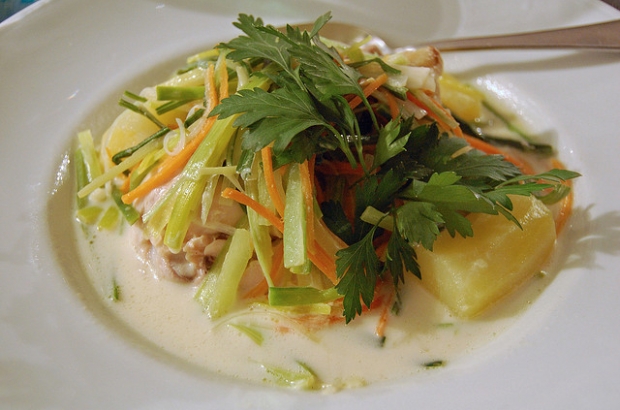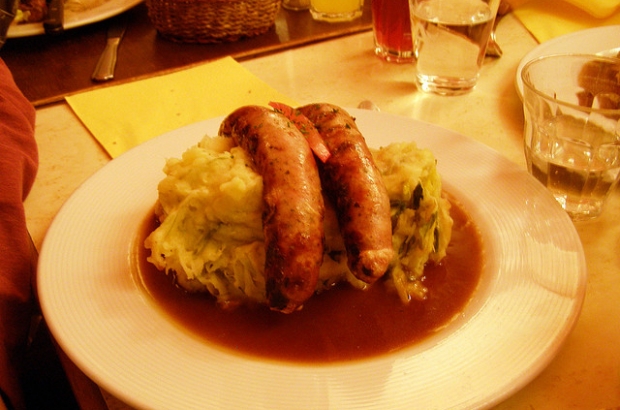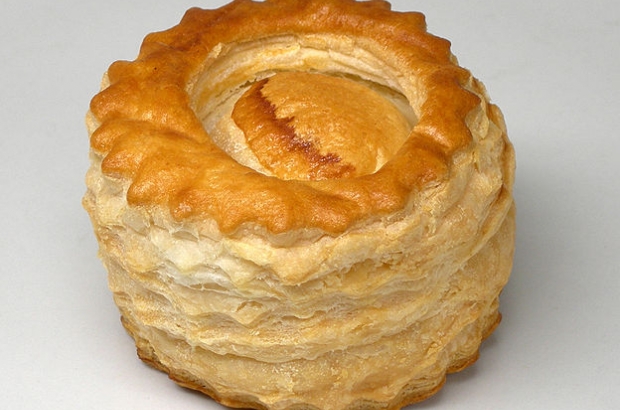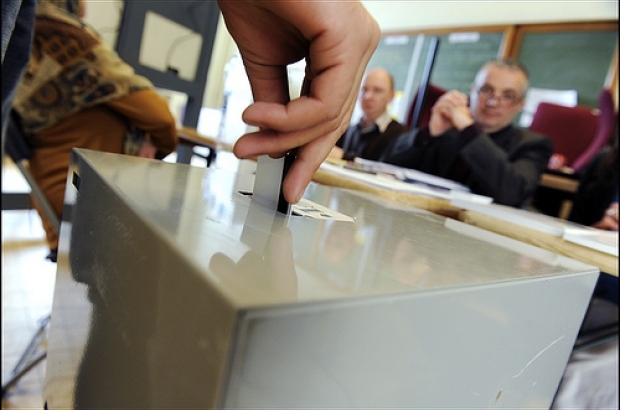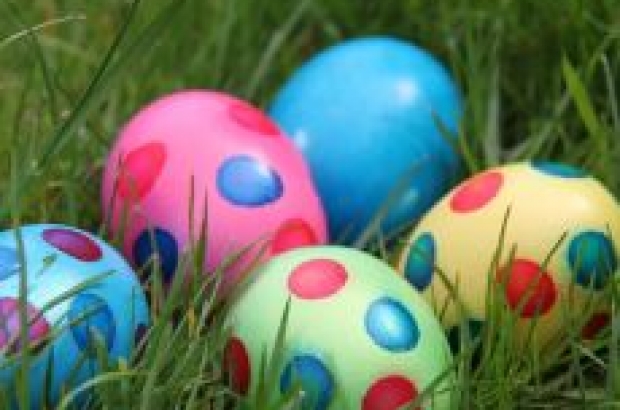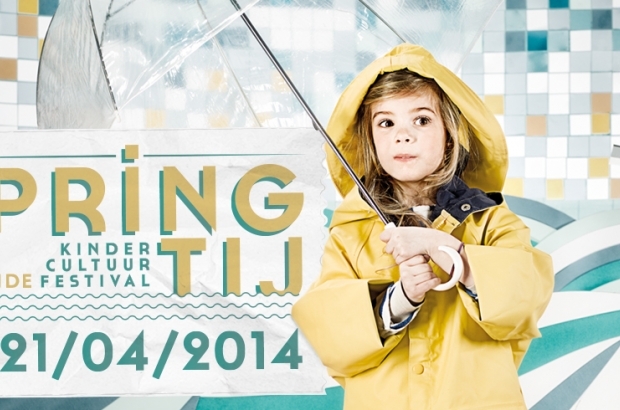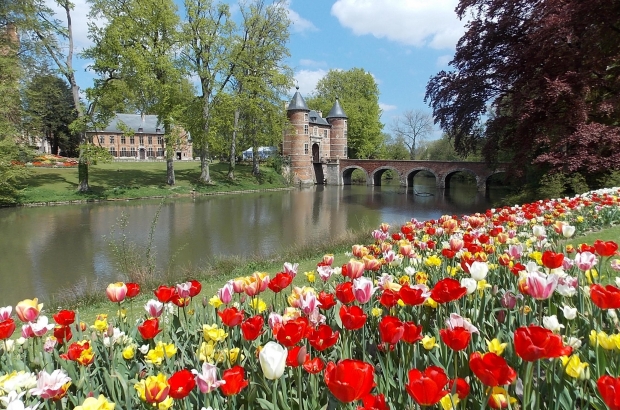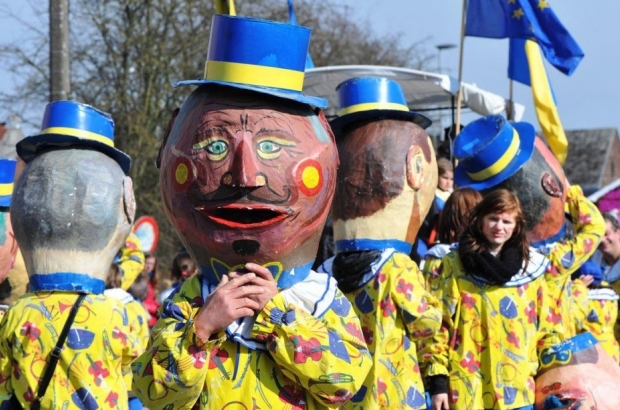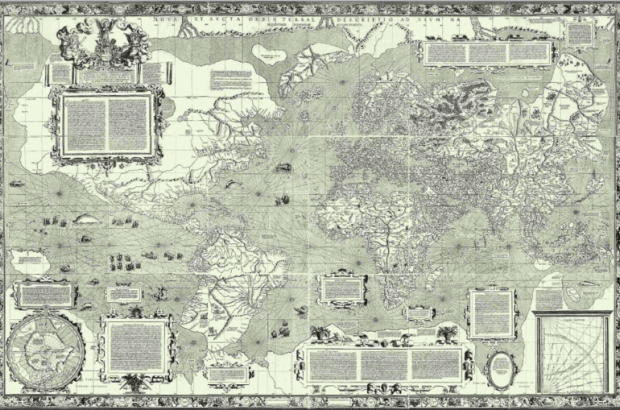6 Belgian products you didn’t know existed
As far as Belgian products go, everyone knows the chocolate, the beer, the mussels, and the waffles of all sizes, packages and consistencies. Those who have spent a little more time travelling the country will likely have also discovered speculoos, fine lace and an almost endless array of speciality regional meat products, from filet d’Anvers to the Westhoek’s potje vlees (pot of meat). Some might even know that Belgium is the world’s largest exporter of diamonds and carpets.
Here are six Belgian products you’ve possiblynever heard about.
1. Belgian whisky
Belgian Owl is Belgium’s very own single malt whisky, made from barley grown in the fields around its small distillery in Grâce Hollogne near Liège.
Only in production since 2004, Belgian Owl’s output is still fairly small and getting your hands on a bottle can require some digging, or at least a visit to a speciality spirits shop.
But since it came on the market, this local spirit has been winning awards, including the Monde Selection Grand Gold award every year from 2010 to 2013.
2. Belgian tobacco
Tobacco growing is usually associated with warm, damp places – the southeastern US states of Virginia and North Carolina have become rich off it since colonial times, and China, Brazil and the Philippines are all major producers. So it come as a surprise to learn that Belgium’s Semois Valley in the Ardennes has been producing some of the world’s finest tobacco since the 17th century.
Grown and cured entirely by hand in an operation almost single-handedly led by tobacco grower Vincent Manil and his wife Gaëtane, Semois tobacco is known for its distinct, deeply earthy taste. Entirely natural, it contains no additives, and terroir accounts entirely for its unique, highly sought-after flavour.
Coming in three grades of increasing fineness – Brumeuse, Reserve du Patron and Fleur de Semois – Semois tobacco is easiest to obtain through a visit to the Semois Valley and almost impossible to find outside Belgium.
3. Belgian snails
You’ve seen them sold all winter long in steaming cups from the escargot stands on the streets of Brussels, but have you ever wondered where all those slimy snails came from before they were spiced with herbs and garlic?
From places like the Escargotière de Warnant in Anhée. Run by the Frolli family, this snail farm produces 600,000 comestible snails a year, which are sold to restaurants.
If you take one of their Saturday tours (in French), which run weekly through November, you’ll learn that snails are one of the most sustainable sources of animal protein available. You’ll also get the chance to see what it takes to be a snail farmer.
There's also a shop selling what is likely to be the most impressive array of snail-based products you’ve encountered in your life, along with other, non-snail-related regional specialities.
4. Belgian bubbles
At most, the Champagne region is a few hours’ drive for Belgians, making it easy to dip down and spend a weekend stocking up for the holidays. However, if bubbles are what you’re after, there's no need to leave the country. While far more famous for its beer, Belgium has also been producing wine since at least the ninth century – just as long as its more viniculturally renowned neighbour to the south.
Ruffus, from the Agaises Vineyards near Binche along the French border in Wallonia’s Hainaut province, has produced sparkling wines since 2002. In the capable hands of oenologist Raymond Leroy, it uses the méthode champenoise of creating effervescence by allowing a second fermentation in the bottle. Using the three traditional grapes of Champagne – chardonnay, pinot noir and pinot meunier – it’s as close as you can get to Champagne without crossing the border.
But Ruffus are not the only bubbles in Belgium. Schorpion, a vineyard in Vliermaal, Limburg, also produces sparkling wines using less orthodox grapes like pinot blanc and auxerrois alongside the typical chardonnay and pinot noir.
5. Belgian mineral water
Ok, anyone who's ever heard someone order a Spa might have already known that Belgium makes mineral water. Along with Spa, the two other most widely recognised brands, Bru and Chaudfontaine, both come from Liège province (although today Chaudfontaine is owned by the Coca Cola company). However, Belgium also has several smaller local brands as well. These include Ginstberg, from a source in Oosterzele in the Flemish Ardennes, and Ordal, Antwerp province’s only natural spring.
Of course, tap water is perfectly safe to drink as well, and is far cheaper and much more environmentally friendly than all those plastic bottles, so remember: drink responsibly.
6. Belgian mustards
If you’ve visited the historic centre of Ghent you might have already run into the famous Ferdinand Tierenteyn mustard, sold at Terenteyn-Verlent, the picturesque old apothecary across from the Groot Vleeshuis. But as it turns out, Flanders is full of artisanal mustards. In Leuven it’s De Ster. Vernimmen in Hamme, East Flanders, makes an assortment of De Lelie mustards. My personal favourite, which I bring as gift any time I’m visiting chef friends, is Wostyn from Torhout. Wallonia too has a hand in the mustard market with the particularly delicious Bister from Ciney. From smooth to grainy, sweet to sinus-clearing, Belgium has a mustard to suit any taste.
Photo © WBT/Emmanuel Mathez


